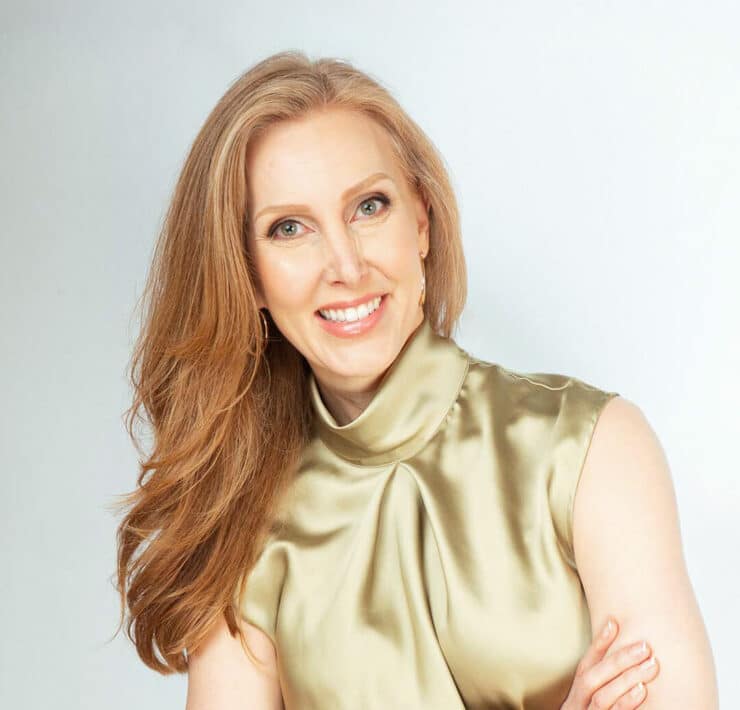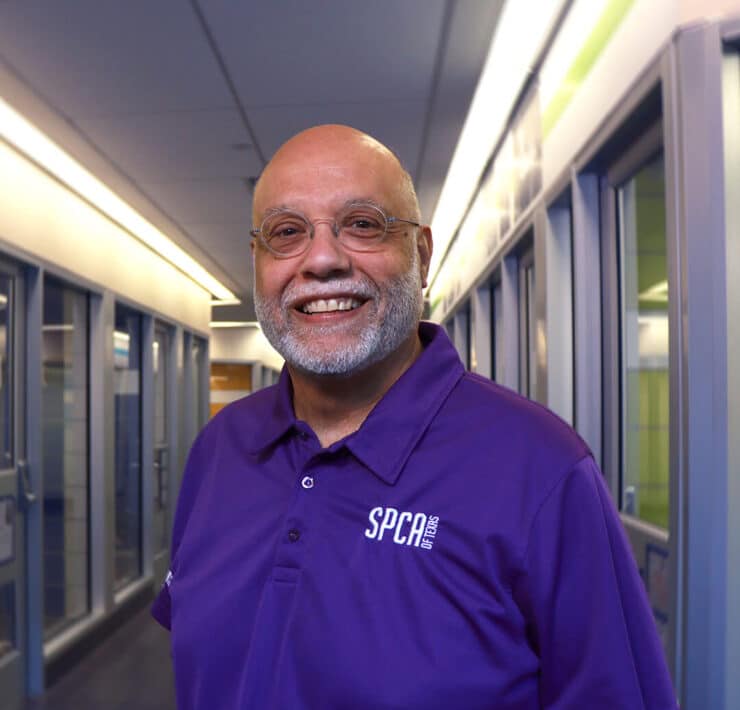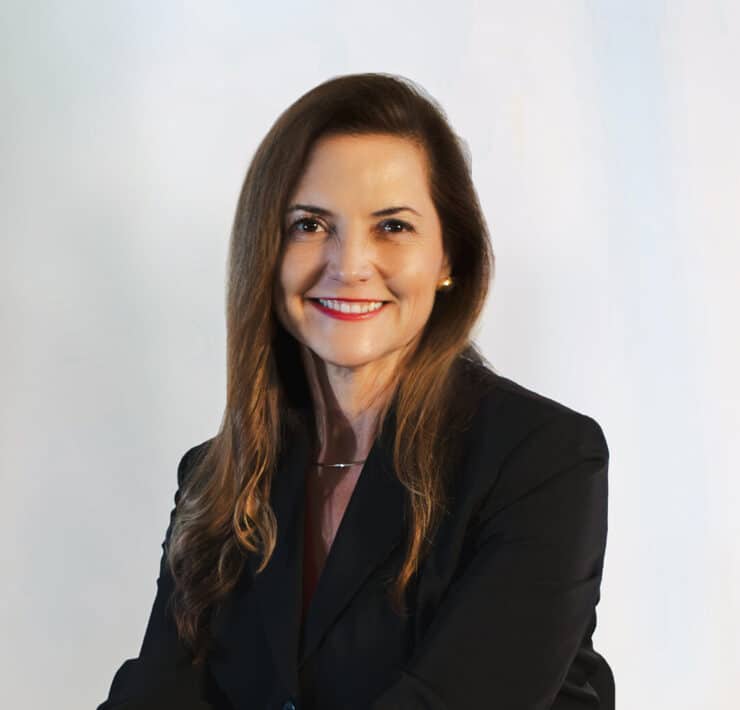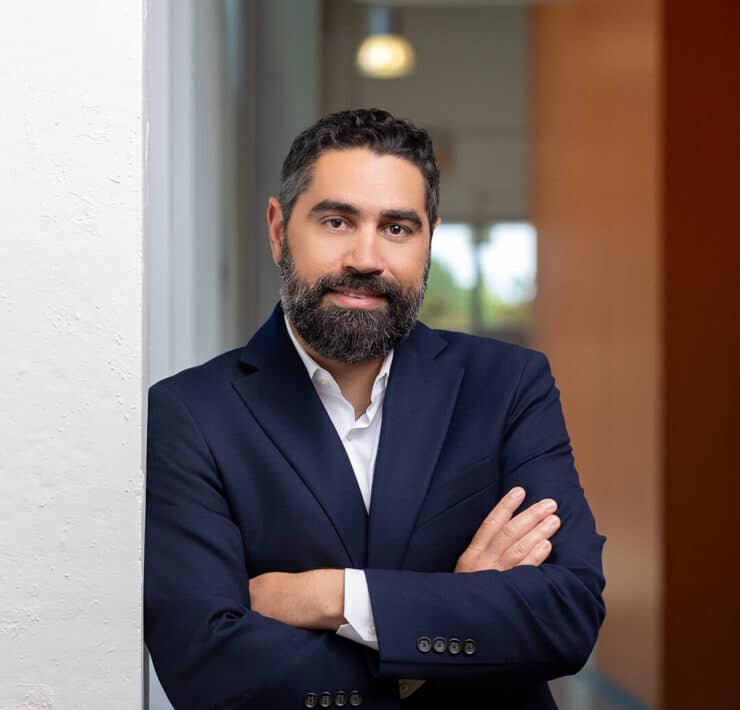
|
Getting your Trinity Audio player ready...
|
Teodoro Gonzalez, twenty-nine, is in the business of revamping retirement.
Through his nascent start-up, the entrepreneur is connecting retirees with opportunities that give them purpose. Users can find post-retirement work such as volunteering and mentorship on his app. As someone investing in his own company’s success to plan towards his and his family’s financial future, Gonzalez thinks about money often. But when asked how he plans to retire, he’s fairly confident in his answer: He won’t.
“I will probably always try to have a professional job,” he says. “Retirement was designed for a different population than what we have now.”
Gonzalez makes a good point. While retirement as a framework has permeated American culture for hundreds of years, it is a fairly modern concept. Retirement was introduced in the 1880s in Germany as a response to socialist concerns about an aging population, so the system would support its citizens if they lived to the age of seventy. By the 1920s, retirement had made it to the United States in a more visible way, available from railroad workers to bankers—and by the 1960s, US life expectancy had nearly reached seventy.
Prior to our modern concept of retirement, however, most people worked until the end of their life, which looked much different than it does today. According to the National Council of Aging, a sixty-five-year-old will likely live twenty more years. Between rising healthcare costs, debt, and inflation, it’s more expensive to grow older now. Certified financial planner Louis Barajas has seen up close how rising costs have impacted his clients.
“The goal has changed from ‘help me create a retirement plan’ to ‘help me make a work optional plan.’”
Louis Barajas
“When I first started in the industry in 1986, most of my clients were asking me to help them retire at age fifty-five. In 2023, a lot of those clients are planning to work past sixty-five, and some into their early seventies,” Barajas says. “The goal has changed from ‘help me create a retirement plan’ to ‘help me make a work optional plan.’”
Many of his clients end up running their own consulting firms or participating in community activities. His clients expect to outlive their money, with their best spending years in the latter part of their life.
Similarly, financial advisor at Northwestern Mutual, Pablo Torres, forty, is no stranger to the variety of ways in which successful and high-earning Latinos view retirement. Some of his clients’ considerations include battling a scarcity mindset and planning to care for their extended families, not just themselves.
Money (Scarcity) Mindset
Torres shared that 50 percent of his executive clients are maximizing retirement accounts while the other half are still “trying to figure out life.” Prior to identifying retirement plans, Torres says it’s crucial to better understand what a client’s retirement goals look like, and what might be getting in the way.
While Latinos are recognized for innate and positive traits like resiliency, these traits are often bred in environments of economic uncertainty, and can lead to a scarcity mindset.
According to the US Congress, Latinos experience higher rates of unemployment than the population overall with median household incomes of about three-quarters that of whites. Worst still, a 2021 Morningstar report found that 69 percent of US Latinos have no employer-sponsored retirement plans.
“Our elders live with us; we’re caretakers. There’s a lot of moving parts in our retirement. We don’t send our parents to nursing homes as a culture, so that financial burden is there.”
Pablo Torres
In order for people with a scarcity mindset to not only retire but plan for a sustainable financial future, experts suggest seeking both professional financial help and exploring a shift in mindset.
“The challenge with our community is with the wealth building mindset,” says Torres about working with clients who reevaluate their approach to money. “The habits we inherited that impact how we think about retirement.”
Caretaking for Families
Perhaps one of the biggest differentiators for Latinos is their expectation to take care of parents and elders as they age. Per the AARP, seven million Latinos provide unpaid care to an older loved one, and related expenses could incur upwards of $10,000 a year.
“Our elders live with us; we’re caretakers. There’s a lot of moving parts in our retirement,” Torres says. “We don’t send our parents to nursing homes as a culture, so that financial burden is there.”
In addition to taking care of elders, parents are also faced with the reality of taking care of children, from necessities to college education. For low-income families, this is an expense that often requires additional consideration.
“They think, ‘Now I need to figure out how to cover school for my kids, so now I have to pump the brakes on retirement,’” Torres says. “As a financial planner, I help them rewire their way of thinking.”
He believes that the key to forming a financial plan is making sure his clients understand what their options are, and what is offered at work to maximize gains on their way to retirement.
“I will probably always try to have a professional job. Retirement was designed for a different population than what we have now.”
Teodoro Gonzalez
Latino Retirement May Not Happen in the US
While many Latinos may aspire to build their families and remain in the US, especially as homeowners, that is simply not the case for people like Criss Cuervo, forty. She runs her own consulting agency and just moved to New York after a six-year sprint with her husband in Spain.
“I’m seriously considering retiring in abroad,” Cuervo says. “Having the chance to live abroad as an adult, I have learned to appreciate that quality of life and costs of living may be best for me and my husband as we get older.”
She shares that she and her husband plan will most likely consider retiring in his home country of Ecuador. According to the Social Security Administration, more than 430,000 US retired workers live abroad as of 2019, and this number has been on the rise in recent years.
Entrepreneurship Is the New Retirement Plan
All individuals cited in the story have something in common: entrepreneurship, a common thread among the US Latino cohort.
“The mindset of an entrepreneur is you’re banking on your business. The business has to be successful,” Torres says. “That’s the retirement plan: I’m putting all my chips in because one day it will be able to provide for my retirement.”
Torres often sees entrepreneurs withdraw money from their 401(k) investment plans to go “all in” on their business. With proper business structure, education, and funding, he explains that selling the business or passing it down to family members can be a way to build generational wealth.







